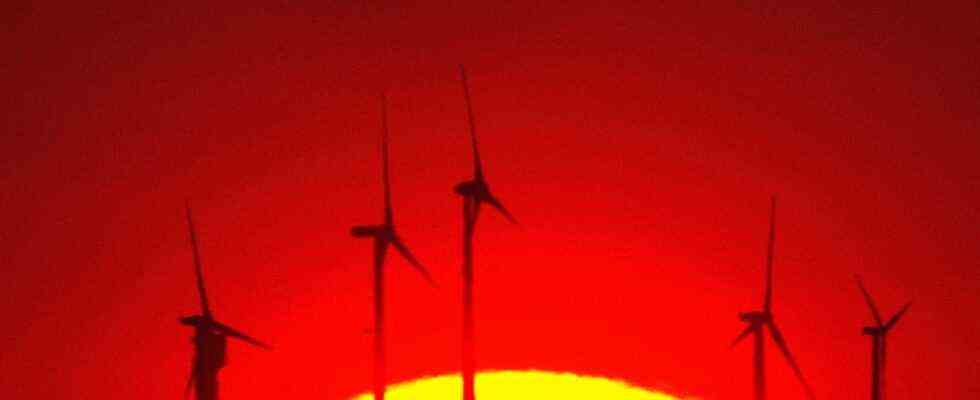It was sheer hardship that drove Economics Minister Peter Altmaier to an explosive confession on Tuesday. One day before the EU Commission presented its own calculations, the minister responsible for energy had to admit that the electricity demand will be almost a fifth higher by 2030 than previously assumed.
With the minister’s admission that he had calculated past reality for a long time, the German energy transition has one problem richer. The previous shortcomings are already considerable. No other industrialized country in the world can afford such high energy prices, no country gets out of everything practically at once – coal, nuclear energy, natural gas. In order to do exactly the opposite of what had been considered irrevocable for decades, namely to rely on different energy sources. The old folk adage has always been that you should never put all your eggs in one basket. The following applies now: heating, melting steel, driving a car, cooking – everything should be electric in the future.
Is green hydrogen the solution? Well Where does it come from?
The question is: where should the additional electricity come from that is needed because cars, heating systems and steelworks are powered by electricity and because citizens and companies still like to buy the latest equipment? Altmaier likes to speak out for green hydrogen. That sounds good, but it’s negligent. Because green hydrogen cannot be broken down, nor does it grow on trees. Green hydrogen has to be generated and for that you need – exactly – electricity again. And that is green.
Altmaier’s alternative of importing significantly more electricity is an old idea that has been extolled umpteen times and then put aside. Just think of the plans to lay gigantic power cables from North Africa to Northern Europe, solar power from the desert, Desertecwhat great dreams they were! They were not realized. Too expensive, too dependent, not controllable. The arguments from then still apply today.
Under these circumstances, there remains the option that many citizens will not like. Gigantic wind farms will have to be built near many residential areas, on hills and in the sea. For comparison: The wind turbines installed in 2019 provided 106 terawatt hours of electricity, enough to supply 27 million households. According to the Minister for Economic Affairs, around 665 terawatt hours of electricity will be needed in the Federal Republic of Germany in 2030 to keep everyday life and the economy going.
It needs systems and routes – in Baden-Württemberg and Bavaria
Altmaier’s confession is the signal that the method, which has been practiced for years, can no longer work, only to fill the sparsely populated regions in the east with wind turbines in order to calm the green conscience in the rest of the republic. Without additional electricity, there is a risk of a blackout. Bavaria and the green ruled Baden-Württemberg will also have to live with the fact that power lines and wind turbines will soon visually break their landscapes.
If the German citizens do not want that and still insist that electricity simply continues to come from the socket, the only alternative is to reconsider the phase out of nuclear and gas. As it has been going so far, the next federal government will have to implement the next energy transition.

